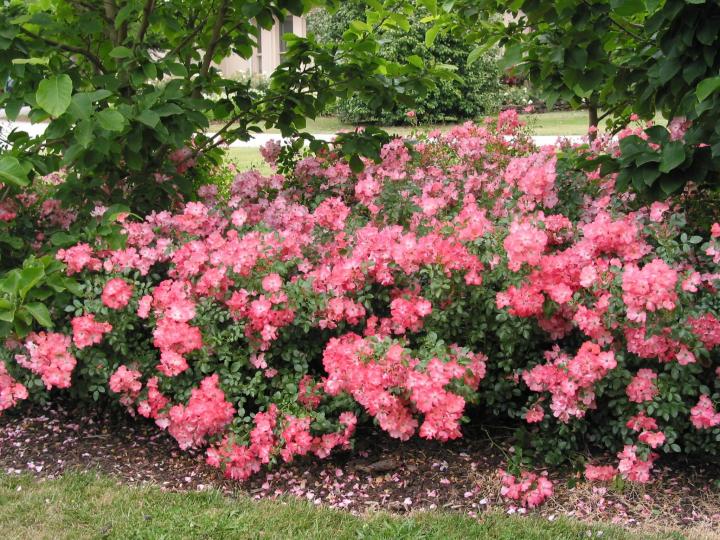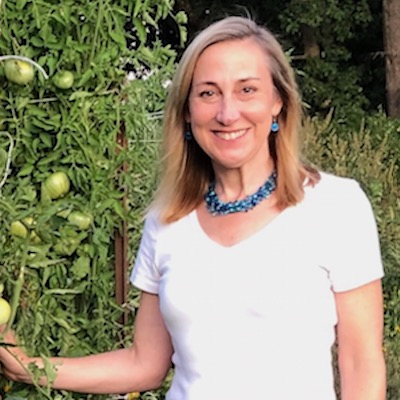
Planting, Growing, and Caring for Roses
Types
Some classes of roses bloom only once a year in spring, but flowers can cover plants for more than a month. Remontant roses bloom a second time in a season, generally 50 to 60 days after the first flush of flowers.
Traditionally, roses were notoriously challenging to grow. However, roses have changed. There are now many modern easy-to-grow types of roses available. Here are some of our favorites:
These three are considered to be the easiest roses to grow:
- Knock Out shrub roses: continuous blooms; high disease resistance; require no spraying, dusting, pruning, deadheading; hardy to Zone 5
- Flower Carpet ground cover roses: continuous blooms; require no deadheading; drought-tolerant once established; minimal pruning; hardy in Zones 4 to 11
- David Austin climbers (to 6 feet), including ‘Gertrude Jekyll’: continuous pink blooms; strong fragrance; hardy in Zones 4 to 11
- See 3 easy roses for beginners!
Rugosa roses include a 5-foot-tall/-wide shrub, ‘Jens Munk’: pink blooms in June through August; disease-resistant; hardy to Zone 2
“Bests” are highly subjective. These roses tend to be crowd-pleasers, but choose a rose that pleases you:
- Best pink rose—‘New Dawn’ (the first U.S.-patented plant): blush-pink hybrid climber (15+ feet); sweet fragrance; disease-resistant; good cut flower; hardy in Zones 5 to 9
- Best red rose—‘Don Juan’: hybrid climber (up to 12 feet); sweet fragrance; good cut flower; spiny stems; hardy in Zones 6 to 9
- Best white rose—‘Iceberg’: hybrid climber (up to 12 feet); honey scent; disease-resistant; heat-/humidity-tolerant; good cut flower; hardy in Zones 4 to 9
- Best yellow rose—‘Sunsprite’ (aka ‘KORresia’): 3-foot bush floribunda hybrid; fragrant; disease-resistant; good cut flower; hardy in Zones 5 to 9
- Best rose for fragrance—‘Pink Peace’: vigorous hybrid bush; sweet scent; large (6-inch), continuous double blooms; good cut flower; hardy in Zones 5 to 10

See also our list of disease-resistant rose varieties.
Gardening Products
Cooking Notes
The tart reddish-orange hips of rugosa roses are used for jams, jellies, syrups, pies, teas, and wine. Check out our Rose Hip Jam recipe.
Rose petals are edible and can be tossed into salads for color, candied to decorate cakes, or distilled to make rose water. Make sure the rose petals are pesticide free.
Hi Jamey,
Make sure your newly planted roses get plenty of sunshine and water. No need to fertilize yet. The mix of compost and manure will nurish the bushes as they get established. Only cut back any dead branches now. Add extra mulch or leaves around the bushes in the fall to protect them from severe cold. Good luck!
- « Previous
- 1
- 2
- …
- 10
- Next »












Comments